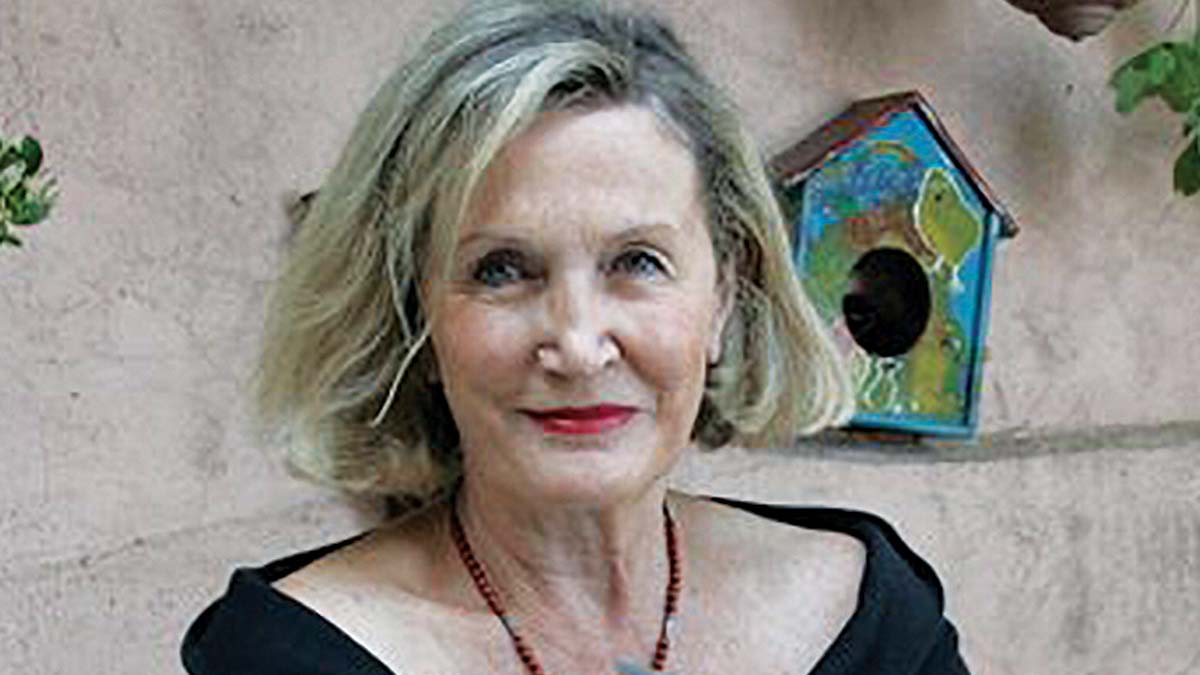AS I SEE IT
BY MARIANNE HERON
There have been more than a few heated arguments over the women’s boxing controversy that erupted at the Olympics. How would you feel if a woman boxer was seriously injured in a contest with someone who has unfair competitive masculine attributes? – I was asked by someone looking for a fight.
It’s the kind of thing that could have happened if Italy’s Angela Carini had continued with the fight with Algeria’s Imane Khelif rather than retiring, weeping from the ring after less than a minute saying: “I have never been hit so hard in my life.”
In appearance, Imane Khelif has muscles that any man could be proud of but men are not allowed to box against women, due to what is known as male advantage. Puberty and testosterone give men greater strength and muscle power, especially upper arm strength and typically a punching power two and a half times that of a woman. (No wonder I have to ask for male help with screwtop jars and sash windows.)
Last year the International Boxing Association (IBA) ruled that both Imane and Taiwan’s Lin Yu-ting were not allowed to compete in the World Boxing Championship on the grounds that they had failed “to meet eligibility criteria and were found to have competitive advantage” (testosterone tests were not involved). As opposed to that, the International Olympic Committee (IOC) say they may compete as both have always competed as women and have female on their passports.
The IOC’s inclusive policy is that no athlete should be excluded from competing based on an “unverified, alleged or perceived unfair competitive advantage due to their sex variations, physical appearance and/or transgender status”. You might think that the IBA are better qualified to decide such matters, and especially on the critical aspect of safety in boxing, but the IOC stripped the IBA of recognition last year on grounds to do with alleged corruption.
Given that there are only two biological sexes, (whichever gender some may claim for themselves,) it should be straight forward to decide who may compete with whom, but not always given rare cases of difference in sexual development (DSD) like runner Caster Semenya. There are also questions around the rights of trans women (men who have transitioned) to compete in women’s sports and the unfair male advantage involved if these individuals have experienced male puberty.
Surely the most important considerations should be fairness and safety for competitors with rules that are consistently applied. It does seem that the inclusivity issue muddies the waters and can be divisive where strong opinions are held around transgenderism. Gender and which one you declare yourself to be is a personal matter, sex when it comes to safety and fairness in sport is not.
In boxing one competitor may be more powerful than the other in their class, so where do you draw the line between fair competition and unfair advantage? I spoke with boxing trainer Neil Bowman who has 40 years’ experience in boxing and gave me some training in his Blackrock gym when I was researching an article ‘Boxing for Grannies’. It seems like Imane Khelif’s ability to hit harder given more muscle mass was just down to genetics. She hadn’t done anything wrong and it was a pity that she was made to feel bad, he said pointing out that Kellie Harrington had beaten Khelif in the Tokyo Olympics in 2021.
There is also the possibility that politics underly the controversy. IOC want boxing out of the Olympics and consider it an uneven playing field, Neil conjectures. And speaking of even playing fields, the Olympics are meant to involve amateur sports, where there are instances of professionals, who don’t have to work and can train fulltime unlike amateurs, taking time out from professional life, competing in the games. The sounds like an unfair advantage too.
Back in the day life was simpler. I heard a story about a man who was a very good hurler who used to be borrowed by a local women’s camogie team. Kitted out in women’s gear he greatly enhanced the team’s scoring power. The truth was revealed when he was discovered having a smoke behind a shed, post-match as in those days women didn’t smoke.
Something simple like a smoking test would be handy to decide these matters.

















